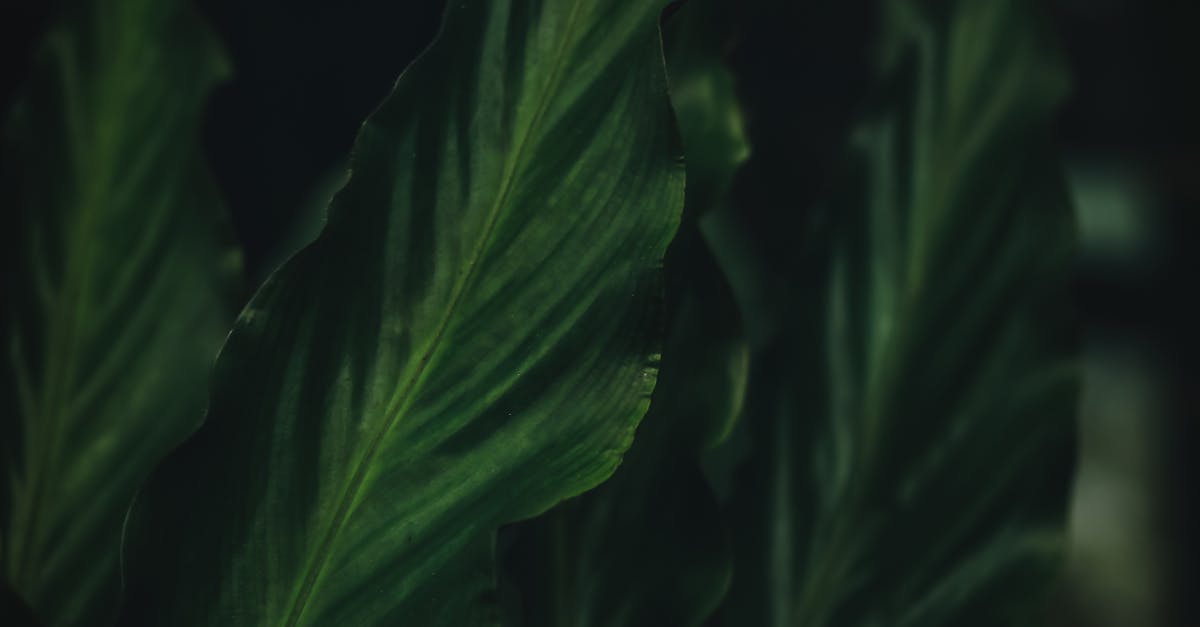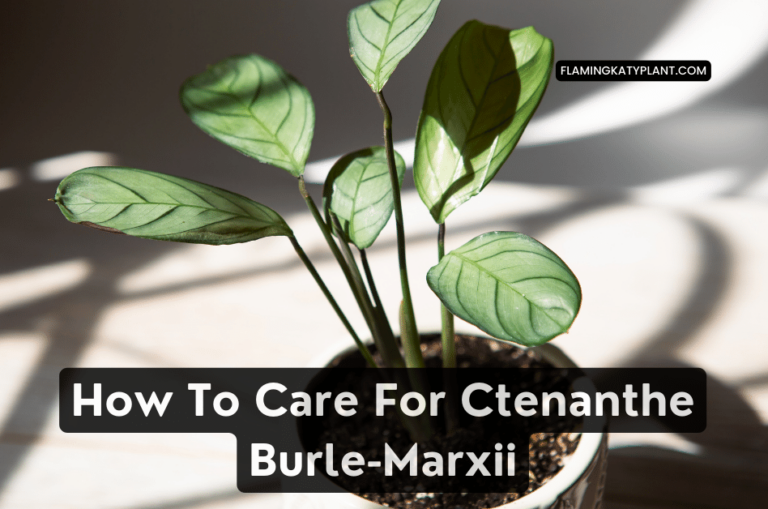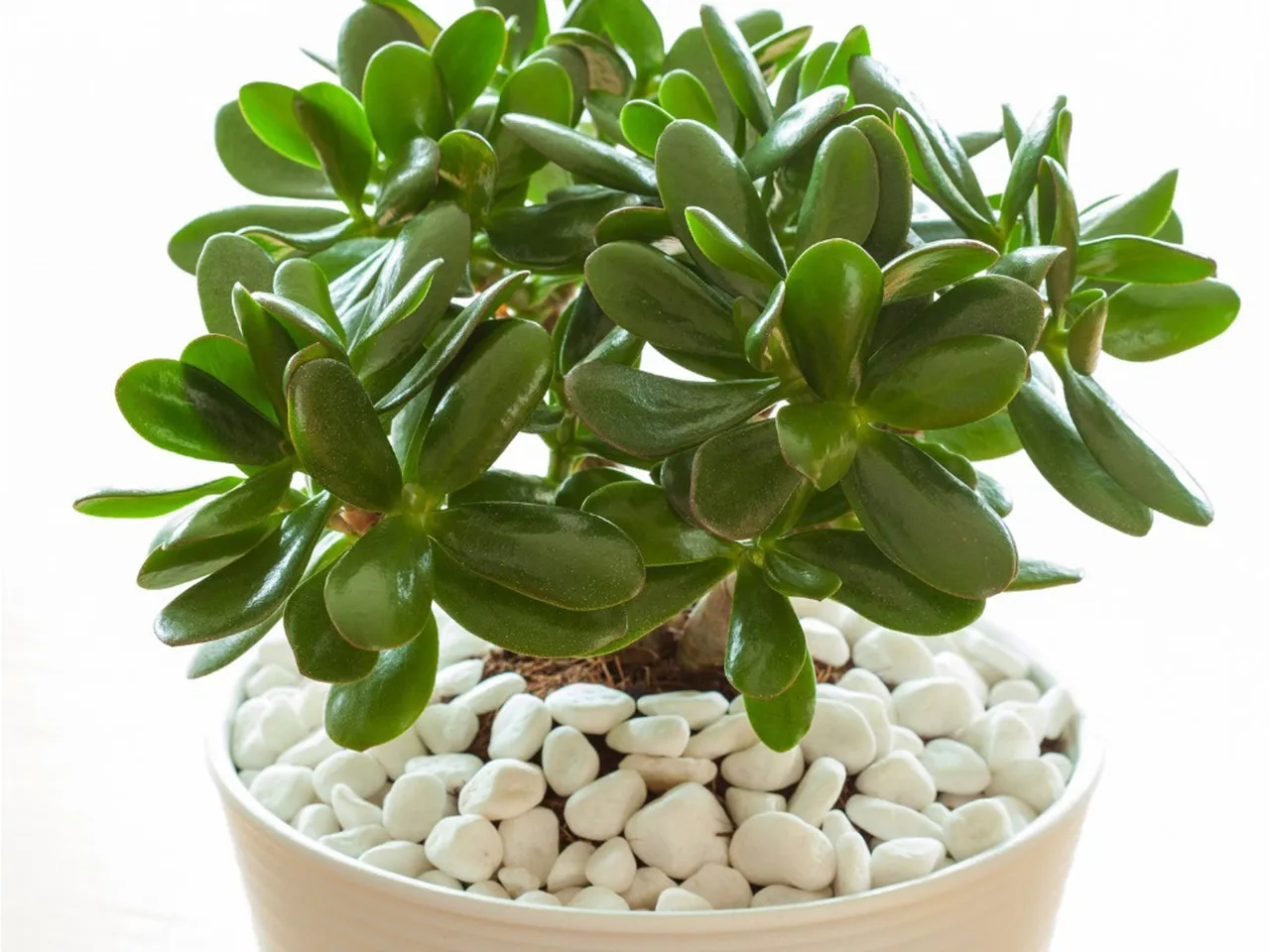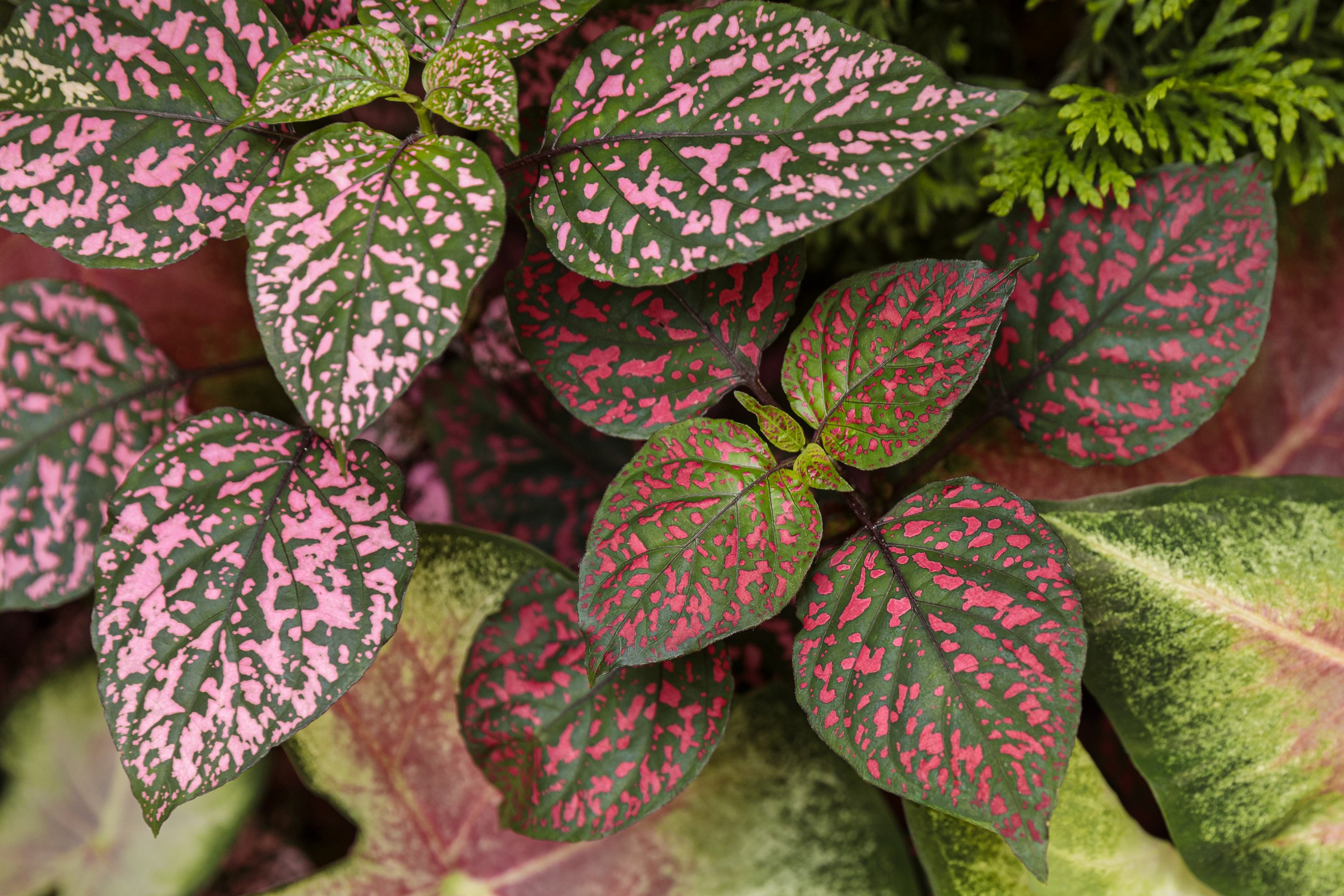How To Care For Calathea (Calathea)
What are the Best Ways to Care for Your Calathea Plant?
Calathea plants, also known as prayer plants, are popular houseplants that require special care to thrive. These tropical plants are known for their striking foliage and unique patterns, making them a favorite among plant enthusiasts. Proper care for your Calathea plant includes providing it with the right amount of water, humidity, and light.

Calathea, known for its striking foliage with intricate patterns and vibrant colors, is a popular choice among houseplant enthusiasts. Native to tropical Americas, Calathea requires specific care to thrive indoors. This guide covers all aspects of Calathea care to help you maintain a healthy and beautiful plant.
1. Light Requirements
Calathea plants prefer bright, indirect light. Direct sunlight can cause the leaves to fade or develop brown spots. Place your Calathea near a north or east-facing window where it can receive filtered light. If the light is too low, the plant’s growth will slow, and its vibrant leaf patterns may become less distinct.

2. Watering
Calathea prefers consistently moist soil but is sensitive to overwatering. Water the plant when the top inch of soil feels dry to the touch. Ensure the pot has drainage holes to prevent water from accumulating at the bottom. Using distilled or rainwater is ideal, as Calathea can be sensitive to the chemicals found in tap water.
3. Humidity
High humidity is crucial for Calathea’s well-being, reflecting its tropical origins. Aim for a humidity level of 60-80%. To increase humidity, use a humidifier, place the plant on a tray with pebbles and water, or group it with other plants. Regularly misting the leaves can also help maintain adequate humidity.
4. Temperature
Calathea thrives in warm conditions, ideally between 65-80°F (18-27°C). Avoid exposing the plant to temperatures below 60°F (15°C) or to drafts from windows, doors, or air conditioning units. Sudden temperature changes can stress the plant and lead to leaf damage.
5. Soil and Potting
A well-draining potting mix is essential for Calathea. Use a peat-based mix with added perlite or sand to enhance drainage. Repotting should be done every 1-2 years, ideally in the spring, using a pot that is one size larger than the current one.
6. Fertilizing
During the growing season (spring and summer), feed your Calathea every 4 weeks with a balanced, water-soluble fertilizer diluted to half strength. Avoid fertilizing in the fall and winter when the plant’s growth slows. Over-fertilizing can lead to salt buildup in the soil, which can harm the plant.
7. Pruning
Pruning Calathea involves removing any yellow, brown, or damaged leaves to maintain the plant’s appearance and health. Use clean, sharp scissors or pruning shears to cut the leaves at the base. Regular pruning encourages new growth and keeps the plant looking tidy.
8. Propagation
Calathea is best propagated by division during repotting. Gently remove the plant from its pot and separate the root ball into smaller sections, each with at least one stem and a few leaves. Plant each division in a separate pot with fresh potting mix. Water the new plants well and keep them in a warm, humid environment until they establish.
9. Pest and Disease Management
Calathea can be prone to pests like spider mites, aphids, and mealybugs. Regularly inspect the plant for signs of pests, such as webbing, sticky residue, or visible insects. Treat infestations with insecticidal soap, neem oil, or by wiping the leaves with a damp cloth. Good air circulation and proper watering practices can prevent fungal and bacterial diseases.
10. Leaf Care
Calathea leaves can collect dust, which can interfere with photosynthesis. Clean the leaves gently with a damp cloth or sponge to keep them looking their best. Avoid using leaf shine products, as they can clog the pores on the leaves.

Conclusion
Calathea plants, with their stunning foliage, can be a delightful addition to your indoor garden. By providing the right light, moisture, and environment, you can enjoy their beauty and unique patterns for years. Regular maintenance, including proper watering, fertilizing, and humidity management, will ensure your Calathea remains healthy and vibrant. Whether you are a seasoned plant parent or a beginner, Calathea offers a rewarding and visually captivating plant care experience.






